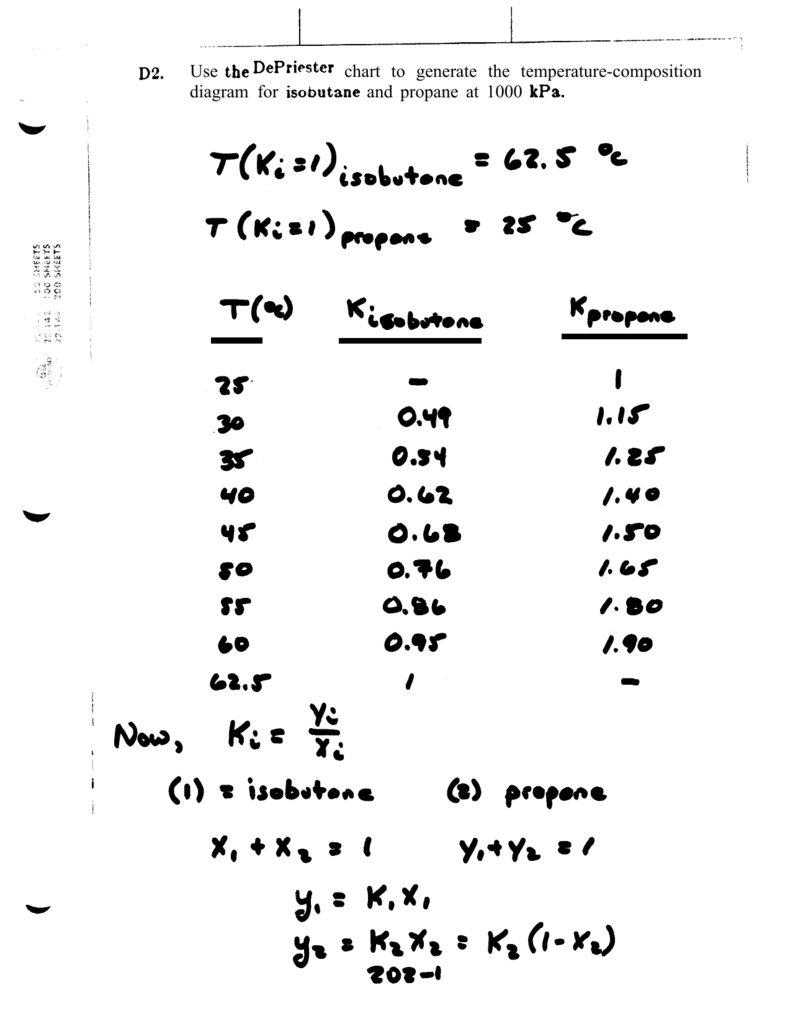

Other instruments included a circulating water pump (Zhengzhou Dufu Instrument Co., Ltd, China, SHB-3), a thermostated shaker (Jintan Kanghua Electronic Instrument Co., Ltd, China, SHA-B), a cantilever constant speed mixer (Jintan Kanghua Electronic Instrument Co., Ltd, China, JJ-1B) and a pH meter (Shanghai LiDa Co., Ltd, China). The aniline concentration was determined by a double beam UV-vis spectrophotometer (Unicam UV-2, China) at 545 nm by naphthyl ethylendiamine azo photometry. At present, chitosan and its derivatives, such as cross-linked chitosan, chitosan beads and chitosan composite, have been studied as adsorbents for the removal of organic pollutants and dyes from aqueous solutions ( Gupta et al. It has been applied in many fields including food processing, agriculture, medicine, textiles, and wastewater treatment, etc. Meanwhile, chitosan is an environmentally friendly material due to these advantages, including its abundance, non-toxicity, biocompatibility and biodegradability. Chitosan is a biopolymer with a linear polysaccharide based on glucosamine units, which may be obtained by the deacetylation of chitin (a natural polymer).

By this modification, much lower quantities of AC will be needed in the adsorption process and the removal process becomes cost-effective. The coating of AC with biological materials, such as chitosan and cellulose, is a new method for its modification.

To pave the way for the application of AC in the treatment of wastewater, many efforts have been made to maintain the high adsorption capacity of AC and reduce the cost of AC. However, the lack of dispersion of AC powder brings into question its further application ( Xu et al. Activated carbon (AC) has been considered as a popular adsorbent due to its high adsorption capacity, high adsorption rate and good resistance to abrasion. Among these methods, adsorption has been shown to be the most promising option for the removal of organic contaminants from wastewater in the case of low concentrations, due to the low cost and high efficiency ( Hu et al. 2006), adsorption ( Al-Johani & Salam 2011), oxidation ( Sapurina & Stejskal 2012) and biodegradation ( Wang et al. Traditionally, aniline-containing wastewater was treated using photodecomposition ( Chu et al. It is known to be a toxic pollutant and its presence in wastewater, even in very low concentrations, has been shown to be harmful to aquatic life ( An et al. It is also a common byproduct of the paper and textile industries. in the manufacture of dyes, rubbers, pharmaceutical preparation, plastic and paint. The pseudo-second-order kinetic equation could better describe the kinetic behavior of aniline adsorption.Īniline is frequently used as a raw material by the chemical industry, i.e. The Freundlich model exhibited better correlation of the equilibrium adsorption data. This adsorbent allowed high removal toward aniline in a wide range of pH. These results showed that the optimum operating conditions were: the ratio of AC to chitosan = 0.5, adsorbent dosage = 0.2 g, and the adsorption of aniline from aqueous solutions had better removal in the concentration range of 20–50 mg/L. The factors affecting the adsorption of aniline onto AC coated by chitosan, including the ratio of AC to chitosan, adsorbent dosage, pH value of solution, initial aniline concentration, and contact time were evaluated. The removal of aniline from aqueous solutions by AC coated by chitosan was investigated. In this work, activated carbon (AC) coated by chitosan was synthesized and characterized by Fourier transform infrared spectrophotometer and scanning electron microscope (SEM) techniques.


 0 kommentar(er)
0 kommentar(er)
